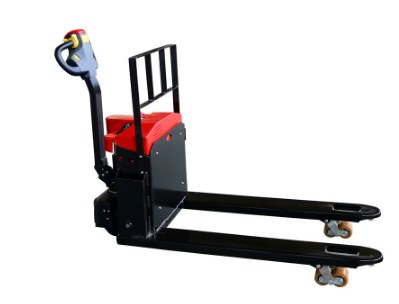News Details
Basic structure of electro-hydraulic carrier
With the characteristics of improving cargo handling efficiency and reducing labor intensity, electric transporters are widely used in workshops, pharmaceutical factories, warehouses, upstairs operations, narrow road operations and long-distance handling. Here is the basic structure of the electric truck.

1. Drive wheel damping system: the pressure of the drive wheel of the electric carrier changes with the weight of the load. The damping system of the machine can absorb the vibration according to the weight of the goods, especially when the vehicle body is in bad road conditions. For the walking of the electric carrier, the stability performance can also be adjusted automatically.
2. Power off braking function: when the handle is standing up, brake. When the electric carrier is operating and walking, you can press the handle down and then work. Pressing it to the end is braking. When going up and down the slope, the operator can also brake urgently on the slope to prevent the electric carrier from sliding and reduce accidents.
3. Battery and electric quantity indicator: it is convenient to timely grasp the amount of battery storage of electric truck and the automatic alarm function of insufficient electric quantity.
4. Five fulcrum structure: the unique mechanism of the electric carrier can make the vehicle more stable, especially on the slippery ground or up and down the slope.
5. Multifunction handle: the operator can start the vehicle through the electronic lock. It is easy to control the driving speed. If you need to accelerate, just turn the acceleration switch on the handle. The larger the rotation, the faster the speed.
6. Delayed acceleration function of electric carrier: if the operator accelerates and rotates to the fastest speed per hour, the unique function of the machine will be automatically turned on, and the machine will run at high speed from low speed for 3 - 8 seconds, so as to prevent injury to people caused by too fast acceleration.

